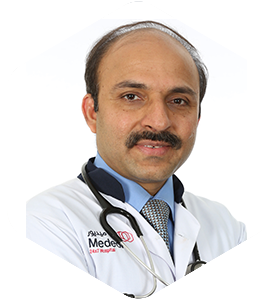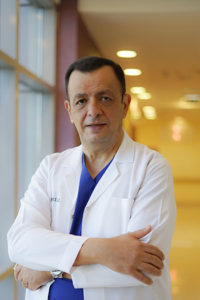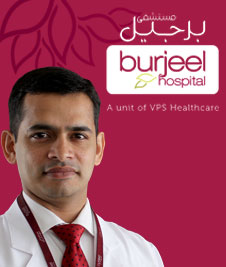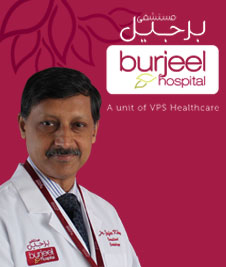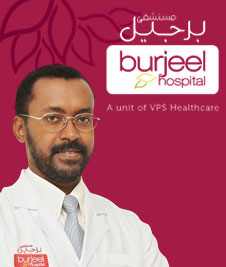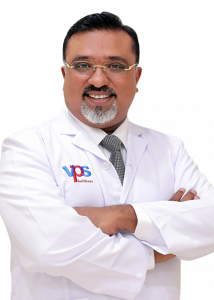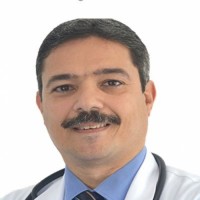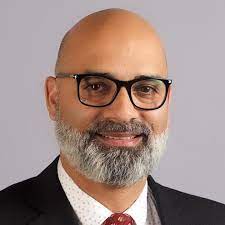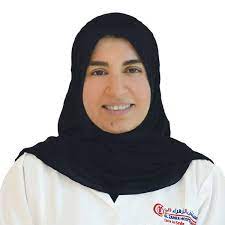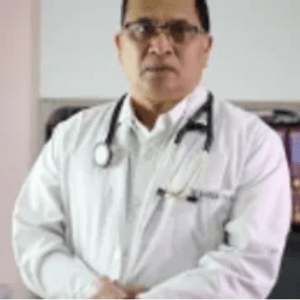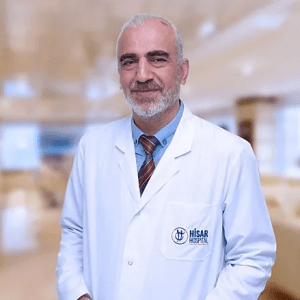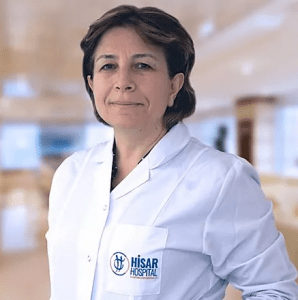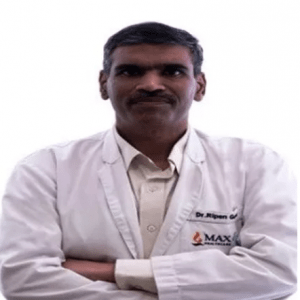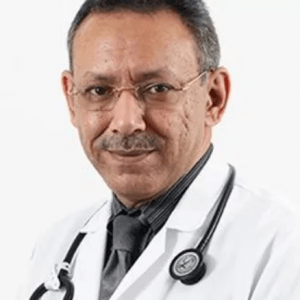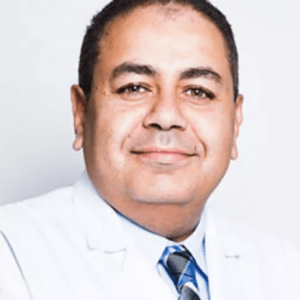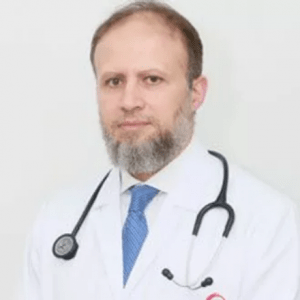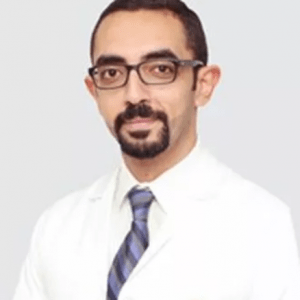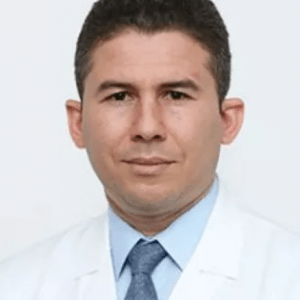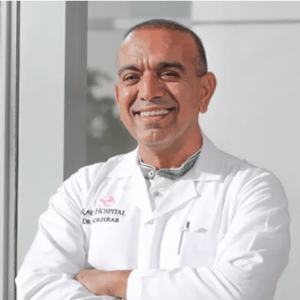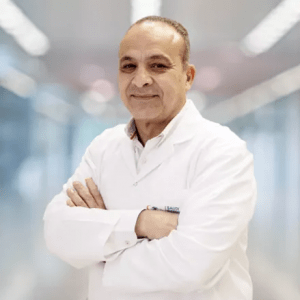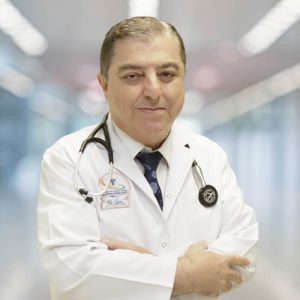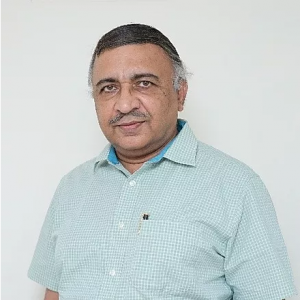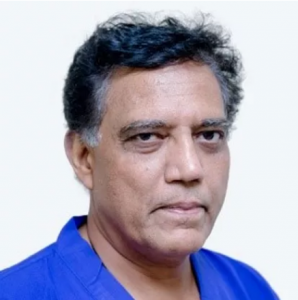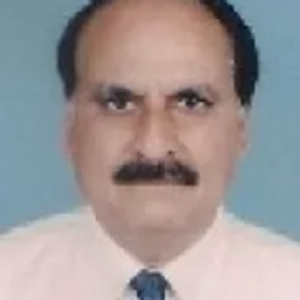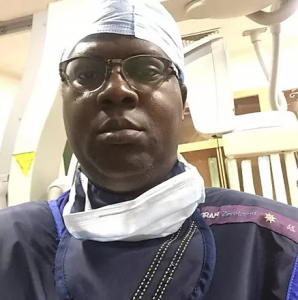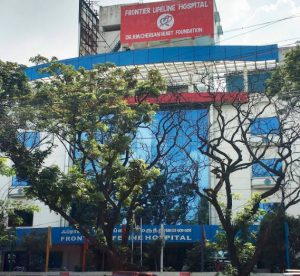Arrhythmia – Pacemaker and Ablation
An irregular heartbeat is an arrhythmia (also called dysrhythmia). Heart rates can also be irregular. A normal heart rate is 50 to 100 beats per minute. Arrhythmias and abnormal heart rates don’t necessarily … Read More
Top Doctors For Arrhythmia – Pacemaker and Ablation Treatments
Top Hospitals For Arrhythmia – Pacemaker and Ablation Treatments
Arrhythmia – Pacemaker and Ablation
Treatment
If you have an arrhythmia, treatment may or may not be necessary. Usually, it’s required only if the arrhythmia is causing significant symptoms or if it’s putting you at risk of more serious arrhythmia or arrhythmia complication. Treating slow heartbeats If slow heartbeats (bradycardias) don’t have a cause that can be corrected, doctors often treat them with a pacemaker because there aren’t any medications that can reliably speed up the heart. A pacemaker is a small device that’s usually implanted near your collarbone. One or more electrode-tipped wires run from the pacemaker through your blood vessels to your inner heart. If your heart rate is too slow or if it stops, the pacemaker sends out electrical impulses that stimulate your heart to beat at a steady rate.Treating fast heartbeats
Cardiac catheter ablation For fast heartbeats (tachycardias), treatments may include one or more of the following: • Vagal maneuvers – You may be able to stop an arrhythmia that begins above the lower half of your heart (supraventricular tachycardia) by using particular maneuvers that include holding your breath and straining, dunking your face in ice water, or coughing. • Medications – For many types of tachycardia, you may be prescribed medication to control your heart rate or restore a normal heart rhythm. It’s very important to take any anti-arrhythmic medication exactly as directed by your doctor in order to minimize complications. • Cardioversion – If you have a certain type of arrhythmia, such as atrial fibrillation, your doctor may use cardioversion, which can be conducted as a procedure or by using medications. • Catheter ablation – In this procedure, your doctor threads one or more catheters through your blood vessels to your heart. Electrodes at the catheter tips can use heat, extreme cold, or radiofrequency energy to damage (ablate) a small spot of heart tissue and create an electrical block along the pathway that’s causing your arrhythmia. Implantable devices like pacemakers and ICDs.Symptoms
An arrhythmia can be silent and not cause any symptoms. A doctor can detect an irregular heartbeat during a physical exam by taking your pulse or through an electrocardiogram (ECG).
When symptoms of an arrhythmia occur, they may include:
• Palpitations (a feeling of skipped heart beats, fluttering or “flip-flops,” or feeling that your heart is “running away”).
• Pounding in your chest.Dizziness or feeling light-headed.
• Fainting.
• Shortness of breath.
• Chest discomfort.
• Weakness or fatigue (feeling very tired).
Causes
Arrhythmias may be caused by many different factors, including:
• Coronary artery disease.
• Electrolyte imbalances in your blood (such as sodium or potassium).
• Changes in your heart muscle.
• Injury from a heart attack.
• Healing process after heart surgery.
• Irregular heart rhythms can also occur in “normal, healthy” hearts.
FAQ
What are the symptoms of arrhythmia?
• An arrhythmia may not cause any symptom at all, but in case there are symptoms, they may include :
• Pounding in chest
• Shortness of breath
• Weakness or fatigue
• Dizziness
• A feeling that heart has skipped a beat.
How can arrhythmia be treated with ablation?
During ablation for arrhythmia, a small area of heart tissue is destroyed that causes rapid and irregular beats. This helps in restoring hearts regular rhythm.
What is a cardiac catheter ablation ?
It is not a surgery. In cardiac catheter ablation, a very thin, flexible tube is passed through a blood vessel of the leg or neck by the doctor. This tube then reaches the area that causes arrhythmia and starts sending electrical signals to destroy those cells.
What are the types of cardiac catheter ablation?
These are mainly of two types :
• Radio-frequency ablation :In this, radio-frequency energy is used to destroy the tissue.
• Cryoablation: Extreme cold is used to destroy the tissue.
What is cardiac surgical ablation?
This procedure involves cutting of the chest and is of mainly 3 kinds:
Maze procedure: A small cut is made in the upper part of the heart and they are then stitched together to stop arrhythmia.
Mini maze procedure: This is a less invasive option. After making small cuts in the chest area, cameras are used for guiding the catheter, then either cryoablation or radio-frequency ablation is done.
Convergent procedure: In this, both mini maze and catheter ablation is paired up.
What are the complications of cardiac ablation?
The complications include:
• Bleeding or infection because of catheter
• Blood clots in the legs or lungs
• Stroke or heart attack
• Heart damage
• Fluid build up in the heart
How is pacemaker used to treat arrhythmia?
A pacemaker is a small device consisting of a long lasting battery with a generator and two wires. It works by displacing the heart’s defective natural pacemaker function.
How long do i have to stay in the hospital for getting a pacemaker?
The procedure usually takes one hour. An overnight stay in the hospital can be expected.
What precautions should be taken after having a pacemaker procedure?
The following precautions should be taken :
• Try to walk as much as possible
• Don’t be over tired by doing any activity
• Not to hold arm above shoulder level for about 3 weeks
• Avoid strenuous activity
How long will it take for the patient to resume work after the pacemaker procedure?
A week rest is usually recommend before the patient to resume work.


